Sicily: Ragusa Ibla
Apr 14, 2024 16:51:01 #
We arrived at the base of the steps leading up to the baroque city of Ragusa Ibla. I took these images after leaving the bus and on the way up with a Nikon D7500 and a Nikkor 18-300 f3.5-5.6 lens at f11, 1/320 sec and auto ISO. Post processing done with Luminar Neo..
Ragusa (Italian: [raˈɡuːza]; Sicilian: Rausa [raˈuːsa]; Latin: Ragusia) is a city and comune in southern Italy. It is the capital of the province of Ragusa, on the island of Sicily, with 73,288 inhabitants in 2016.[2] It is built on a wide limestone hill between two deep valleys, Cava San Leonardo and Cava Santa Domenica. Together with seven other cities in the Val di Noto, it is part of a UNESCO World Heritage Site.
History
The origins of Ragusa can be traced back to the 2nd millennium BC, when there were several Sicel settlements in the area. The current district of Ragusa Ibla has been identified as Hybla Heraea.
The ancient city, located on a 300 metres (980 ft) hill, came into contact with nearby Greek colonies, and grew thanks to the nearby port of Camerina. After a short period of Carthaginian rule, it fell into the hands of the ancient Romans and the Byzantines, who fortified the city and built a large castle. Ragusa was occupied by the Arabs in 848 AD and remained under their rule until the 11th century, when the Normans conquered it. Ragusa was selected as a county seat, and its first count was Geoffrey, son of Count Ruggero of Sicily.
Thereafter, Ragusa's history followed the events of the Kingdom of Sicily, created in the first half of the twelfth century. A Chiaramonte family fief, it remained the county capital after it has been unified with Modica in 1296, a status that it lost in the 15th century after a popular revolt.
In 1693, Ragusa was devastated by a huge earthquake, which killed some 5,000 inhabitants. After the catastrophe, the city was largely rebuilt, and many Baroque buildings from that time remain in the city. Most of the population moved to a new settlement in the former district of Patro. The new municipality was called "Ragusa Superiore" (Upper Ragusa) and the ancient city "Ragusa Inferiore" (Lower Ragusa). Both cities remained separated until 1926, when they were merged to become a provincial capital in 1927 at the expense of Modica, which had been the former capital and the most populous and important city in the region since 1296.
In 1838, an asphalt deposit was discovered, which is still being worked.
In 1848, together with the cities of Modica and Scicli, it rebelled against the Bourbon government to obtain the island's freedom and independence. In 1860, armed volunteers were immediately sent to help Garibaldi, who had just landed in Marsala. It became part of the Kingdom of Italy under the guidance of Senator Corrado Arezzo de Spuches di Donnafugata. In 1889, the Banca Popolare Cooperativa di Ragusa was founded, the first embryo of the current Banca Agricola Popolare di Ragusa. The bank thrived thanks to the huge wealth and prosperous agriculture that belonged to the now ex-county, and it immediately became an important point of reference for the whole Ibla economy.
In the early 20th century, socialist ideas spread particularly strongly in the Ragusa area compared to rest of the region, according to many fascist historians. Ragusa was described as a "fief of the reds", like that of Bologna. A strong political dialectic caused fascism to impose itself on Ragusa, which provoked a violent response similar to that in the Po Valley. On 29 January 1921, a group of fascists destroyed the socialist circle of Vittoria, killed a man and injured four others. Two months later in Ragusa, four people were killed and sixty were injured. The main promoter of fascist ideology in Ragusa was Totò Giurato, the grandfather of the television presenter Luca Giurato.
During the Second World War, Ragusa was one of many Sicilian towns in which the fascist regime of Benito Mussolini was deeply unpopular. The reasons were straightforward anti-Sicilian racism on the part of the fascist regime, which was central to the regime's ideology, and the anti-mafia campaign led by the fascist agent Cesare Mori, which was so heavy-handed, brutal and draconian that it managed to alienate huge swaths of the Sicilian population. Also, the fascist administration in Sicily was largely incompetent and indifferent to the local population. When food became scarce and the regime had to start rationing food, Sicily was designated as being the last to receive food aid. That often included food that was grown in Sicily (particularly wheat and fruit), which was then exported to Northern Italy although scarcity had become a major problem in Sicily. Police officers from Sicily were replaced with those from Northern Italy since the former were perceived by the regime to be more loyal to their local communities than to Mussolini. Those from Northern Italy were underpaid, which led to them quickly becoming corrupt and indifferent. Also, they often held attitudes that were contemptuous towards the Sicilian population.
When the combined British and American military operation to invade Sicily began (Operation Husky), the population of Ragusa deeply resented Mussolini and his regime. British forces landed to south and east of Ragusa along the coast, and American forces landed southwest of Ragusa in the Gulf of Gela. Both groups linked up in several towns in both locations, including Ragusa. The small detachment of fascist troops in Ragusa fled without fighting while the British and American forces approached. The local population welcomed the British and American soldiers with "unbridled enthusiasm".[3][4][5][6][7][8]
On 6 May 1950, with a regular papal bull, Ragusa was raised to the dignity of diocese because of the wise and constant commitment of Msgr. Carmelo Canzonieri, the parish priest of Saint John the Baptist who later became auxiliary bishop of Messina before and then of Caltagirone. That took the territory from the archdiocese of Syracuse and the diocese of Noto.
Ragusa is now a dynamic and wealthy city and home to numerous companies. It is also the most important financial pole of the south because of the BAPR, which is the fourth Italian popular bank.
Since the 1990s, the economy of Ragusa has been developing towards the industrial sector, which is still growing rapidly, in contrast to the situation in Italy. The scarce presence of infrastructure has limited the great potential of this territory, but it remains the most important export area of Sicily.
https://en.wikipedia.org/wiki/Ragusa,_Sicily
For more images of Southern Sicily, please see my previous posts:
https://www.uglyhedgehog.com/t-803560-1.html#14542465
https://www.uglyhedgehog.com/t-803628-1.html#14544157
https://www.uglyhedgehog.com/t-803797-1.html#14548404
https://www.uglyhedgehog.com/t-803957-1.html#14552084
https://www.uglyhedgehog.com/t-804244-1.html
https://www.uglyhedgehog.com/t-804445-1.html#14560759
https://www.uglyhedgehog.com/t-804621-1.html#14564717
I hope you enjoy these!
Mark
Ragusa (Italian: [raˈɡuːza]; Sicilian: Rausa [raˈuːsa]; Latin: Ragusia) is a city and comune in southern Italy. It is the capital of the province of Ragusa, on the island of Sicily, with 73,288 inhabitants in 2016.[2] It is built on a wide limestone hill between two deep valleys, Cava San Leonardo and Cava Santa Domenica. Together with seven other cities in the Val di Noto, it is part of a UNESCO World Heritage Site.
History
The origins of Ragusa can be traced back to the 2nd millennium BC, when there were several Sicel settlements in the area. The current district of Ragusa Ibla has been identified as Hybla Heraea.
The ancient city, located on a 300 metres (980 ft) hill, came into contact with nearby Greek colonies, and grew thanks to the nearby port of Camerina. After a short period of Carthaginian rule, it fell into the hands of the ancient Romans and the Byzantines, who fortified the city and built a large castle. Ragusa was occupied by the Arabs in 848 AD and remained under their rule until the 11th century, when the Normans conquered it. Ragusa was selected as a county seat, and its first count was Geoffrey, son of Count Ruggero of Sicily.
Thereafter, Ragusa's history followed the events of the Kingdom of Sicily, created in the first half of the twelfth century. A Chiaramonte family fief, it remained the county capital after it has been unified with Modica in 1296, a status that it lost in the 15th century after a popular revolt.
In 1693, Ragusa was devastated by a huge earthquake, which killed some 5,000 inhabitants. After the catastrophe, the city was largely rebuilt, and many Baroque buildings from that time remain in the city. Most of the population moved to a new settlement in the former district of Patro. The new municipality was called "Ragusa Superiore" (Upper Ragusa) and the ancient city "Ragusa Inferiore" (Lower Ragusa). Both cities remained separated until 1926, when they were merged to become a provincial capital in 1927 at the expense of Modica, which had been the former capital and the most populous and important city in the region since 1296.
In 1838, an asphalt deposit was discovered, which is still being worked.
In 1848, together with the cities of Modica and Scicli, it rebelled against the Bourbon government to obtain the island's freedom and independence. In 1860, armed volunteers were immediately sent to help Garibaldi, who had just landed in Marsala. It became part of the Kingdom of Italy under the guidance of Senator Corrado Arezzo de Spuches di Donnafugata. In 1889, the Banca Popolare Cooperativa di Ragusa was founded, the first embryo of the current Banca Agricola Popolare di Ragusa. The bank thrived thanks to the huge wealth and prosperous agriculture that belonged to the now ex-county, and it immediately became an important point of reference for the whole Ibla economy.
In the early 20th century, socialist ideas spread particularly strongly in the Ragusa area compared to rest of the region, according to many fascist historians. Ragusa was described as a "fief of the reds", like that of Bologna. A strong political dialectic caused fascism to impose itself on Ragusa, which provoked a violent response similar to that in the Po Valley. On 29 January 1921, a group of fascists destroyed the socialist circle of Vittoria, killed a man and injured four others. Two months later in Ragusa, four people were killed and sixty were injured. The main promoter of fascist ideology in Ragusa was Totò Giurato, the grandfather of the television presenter Luca Giurato.
During the Second World War, Ragusa was one of many Sicilian towns in which the fascist regime of Benito Mussolini was deeply unpopular. The reasons were straightforward anti-Sicilian racism on the part of the fascist regime, which was central to the regime's ideology, and the anti-mafia campaign led by the fascist agent Cesare Mori, which was so heavy-handed, brutal and draconian that it managed to alienate huge swaths of the Sicilian population. Also, the fascist administration in Sicily was largely incompetent and indifferent to the local population. When food became scarce and the regime had to start rationing food, Sicily was designated as being the last to receive food aid. That often included food that was grown in Sicily (particularly wheat and fruit), which was then exported to Northern Italy although scarcity had become a major problem in Sicily. Police officers from Sicily were replaced with those from Northern Italy since the former were perceived by the regime to be more loyal to their local communities than to Mussolini. Those from Northern Italy were underpaid, which led to them quickly becoming corrupt and indifferent. Also, they often held attitudes that were contemptuous towards the Sicilian population.
When the combined British and American military operation to invade Sicily began (Operation Husky), the population of Ragusa deeply resented Mussolini and his regime. British forces landed to south and east of Ragusa along the coast, and American forces landed southwest of Ragusa in the Gulf of Gela. Both groups linked up in several towns in both locations, including Ragusa. The small detachment of fascist troops in Ragusa fled without fighting while the British and American forces approached. The local population welcomed the British and American soldiers with "unbridled enthusiasm".[3][4][5][6][7][8]
On 6 May 1950, with a regular papal bull, Ragusa was raised to the dignity of diocese because of the wise and constant commitment of Msgr. Carmelo Canzonieri, the parish priest of Saint John the Baptist who later became auxiliary bishop of Messina before and then of Caltagirone. That took the territory from the archdiocese of Syracuse and the diocese of Noto.
Ragusa is now a dynamic and wealthy city and home to numerous companies. It is also the most important financial pole of the south because of the BAPR, which is the fourth Italian popular bank.
Since the 1990s, the economy of Ragusa has been developing towards the industrial sector, which is still growing rapidly, in contrast to the situation in Italy. The scarce presence of infrastructure has limited the great potential of this territory, but it remains the most important export area of Sicily.
https://en.wikipedia.org/wiki/Ragusa,_Sicily
For more images of Southern Sicily, please see my previous posts:
https://www.uglyhedgehog.com/t-803560-1.html#14542465
https://www.uglyhedgehog.com/t-803628-1.html#14544157
https://www.uglyhedgehog.com/t-803797-1.html#14548404
https://www.uglyhedgehog.com/t-803957-1.html#14552084
https://www.uglyhedgehog.com/t-804244-1.html
https://www.uglyhedgehog.com/t-804445-1.html#14560759
https://www.uglyhedgehog.com/t-804621-1.html#14564717
I hope you enjoy these!
Mark
Slightly out of sequence but she's been absent for awhile and deserves the first spot!
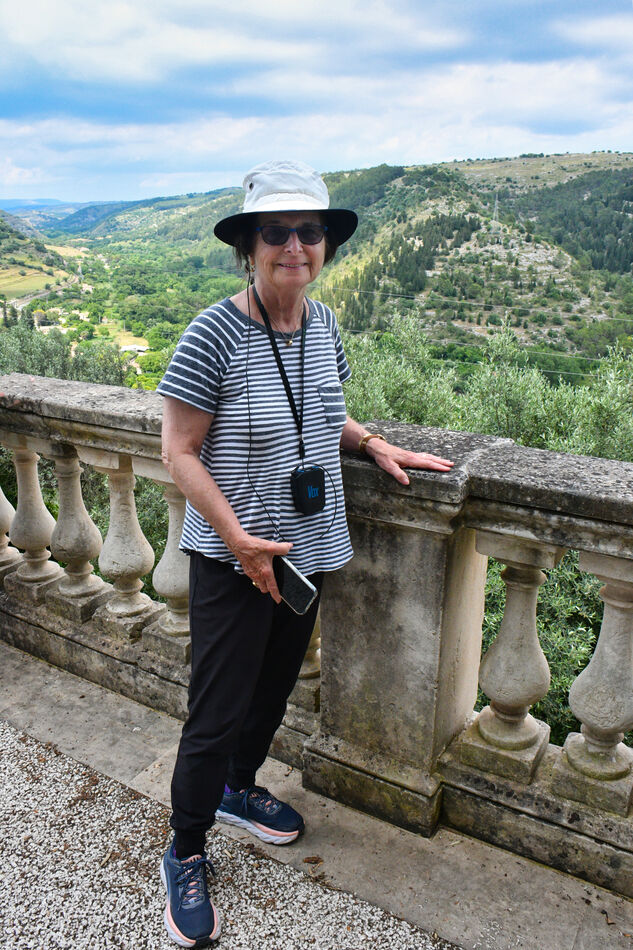
(Download)
Lookin up at Ragusa Ibla from the bus stop
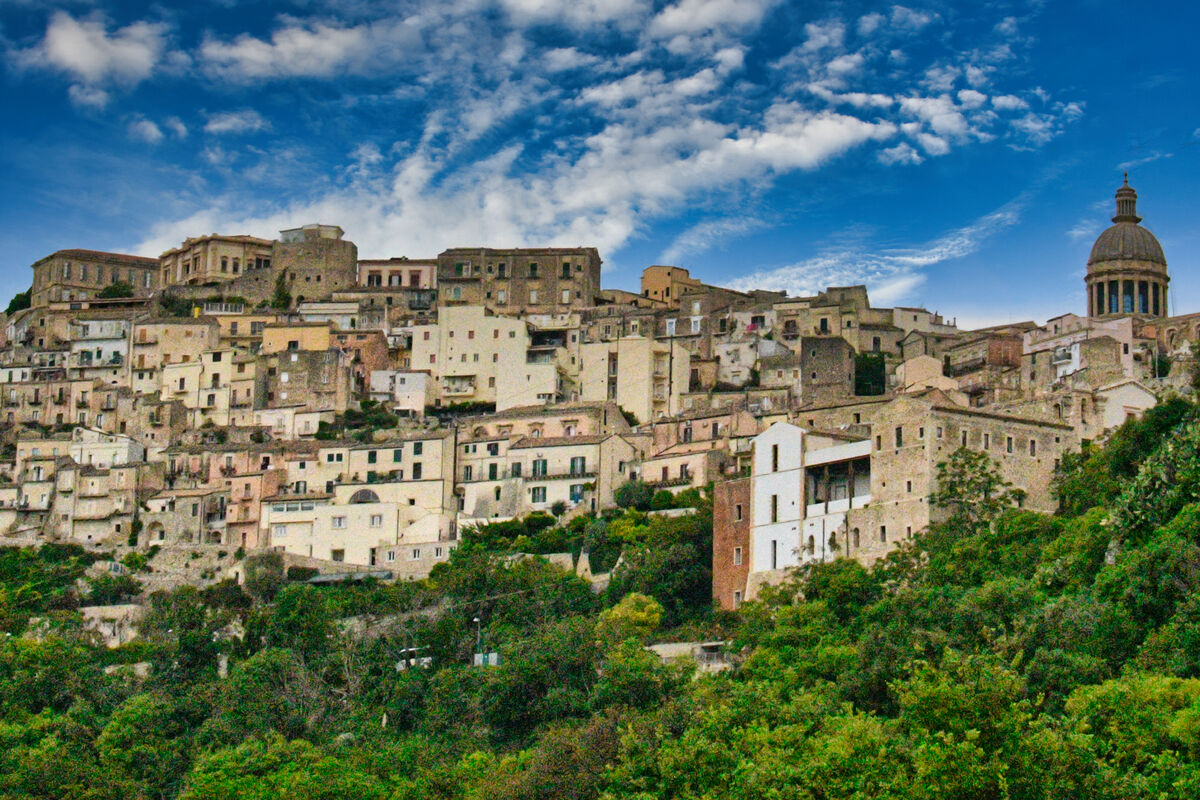
(Download)
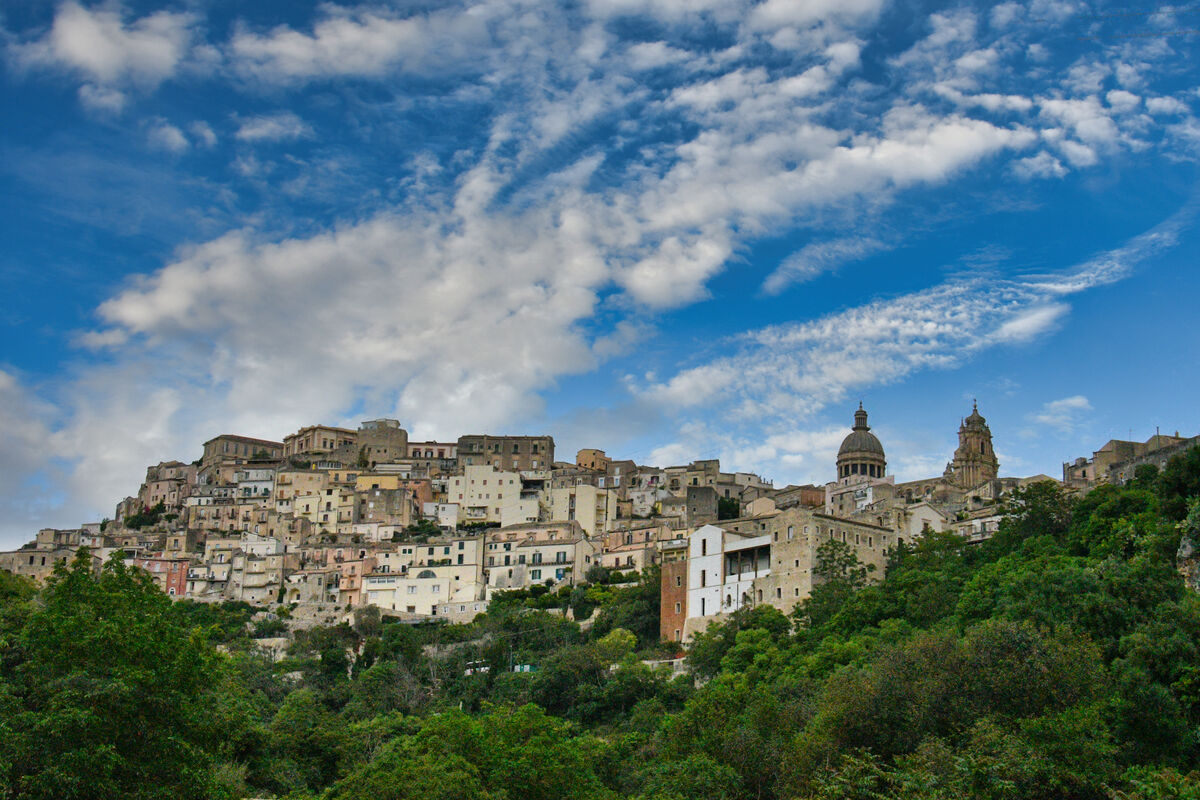
(Download)
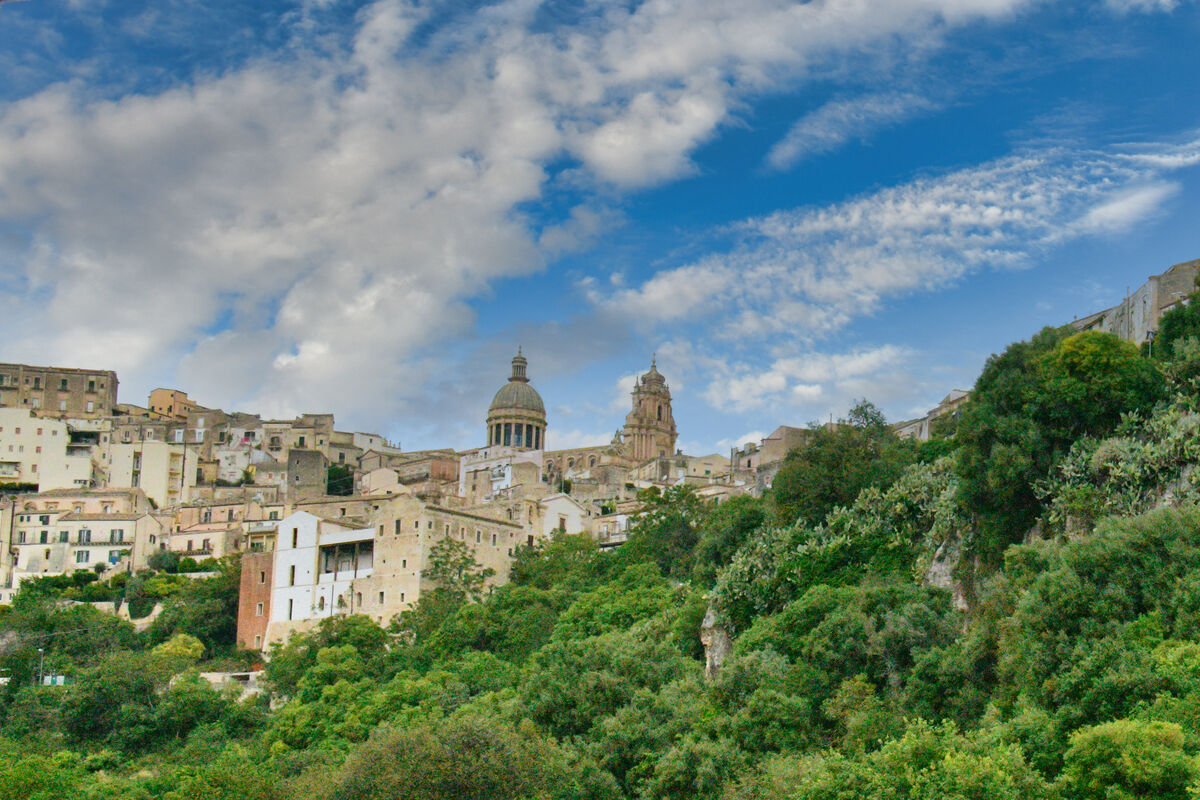
(Download)
Looking back at the valley we just drove through
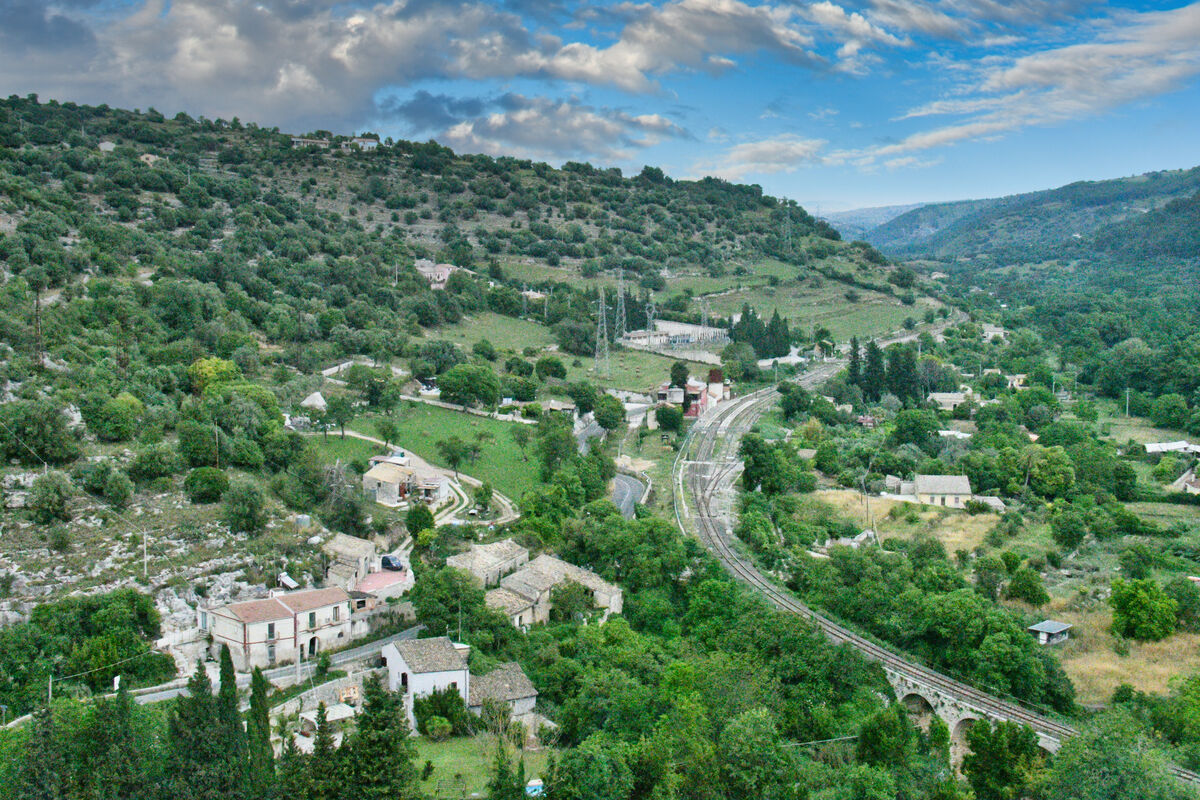
(Download)

(Download)

(Download)
We begin the ascent
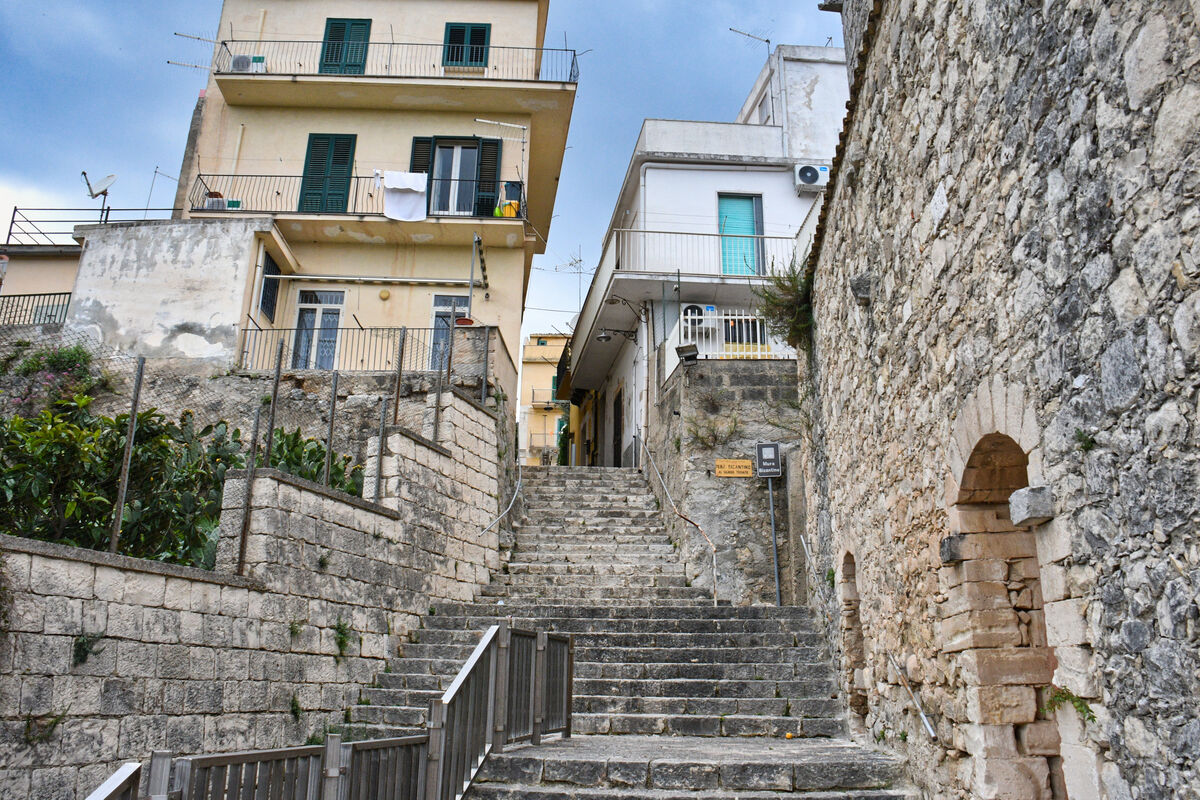
(Download)
A chance to catch our breath on one of the streets
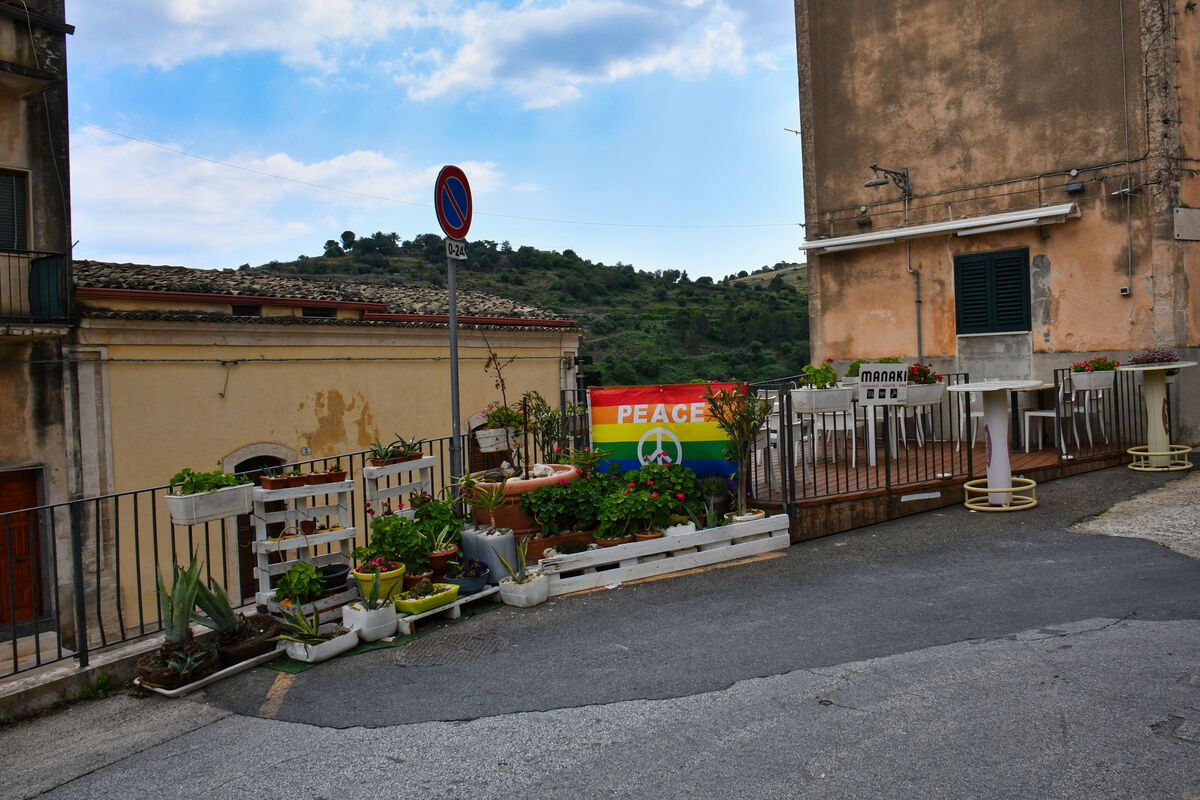
(Download)
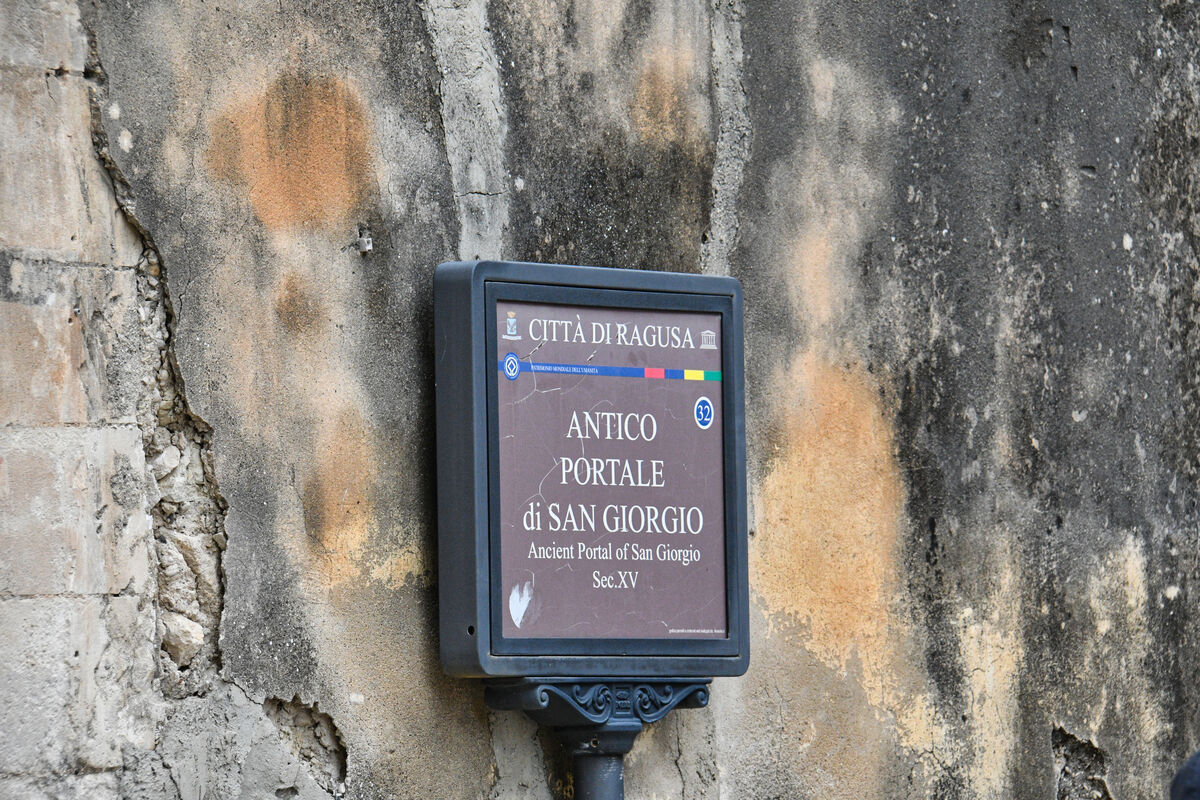
(Download)
Apr 14, 2024 16:57:14 #
Apr 14, 2024 17:52:08 #
Apr 14, 2024 18:18:48 #
NMGal wrote:
I sure wouldn’t want to handle those steps. Nice shots.
Thanks very much Barbara. We were able to handle them since there were frequent stops and I was wearing my trusty knee braces.
Apr 14, 2024 18:35:44 #
lnl
Loc: SWFL
Yes, Gail is primo and deserves the first spot.
Not that your other photos deserve less, but, well, she is your beloved for a long time.
Not that your other photos deserve less, but, well, she is your beloved for a long time.
Apr 14, 2024 18:54:26 #
srfmhg wrote:
We arrived at the base of the steps leading up to ... (show quote)
Beautiful set Mark and interesting history. Well done!
Apr 14, 2024 20:09:10 #
Apr 15, 2024 07:48:38 #
Apr 15, 2024 07:51:32 #
Apr 15, 2024 07:53:22 #
Beautifully composed and presented, Mark. I was surprised to see the Portale sign had an English translation. Of course, loved seeing Gail’s model smile.😊
Apr 15, 2024 08:05:32 #
Apr 15, 2024 10:51:02 #
Apr 15, 2024 10:55:31 #
Apr 15, 2024 11:00:47 #
Apr 15, 2024 13:01:12 #
If you want to reply, then register here. Registration is free and your account is created instantly, so you can post right away.













